In the quest for a not so expensive PC scope/logic analyzer, I have found a nice little device it looks very well done and I know it will do the job.
However looking at the specifications, I encountered this:
Bandwidth vs Sample Rate
In order to accurately record a signal, the sample rate must be sufficiently higher in order to preserve the information in the signal, as detailed in the Nyquist–Shannon sampling theorem. Digital signals must be sampled at least four times faster than the highest frequency component in the signal. Analog signals need to be sampled ten times faster than the fastest frequency component in the signal.
And consequently it has a sampling rate of 500MSPs but a bandwidth(filter) of 100MHz so a ratio 1:5 for digital signals and a sampling rate of 50MSPs and a bandwith(filter) of 5MHz so a ratio 1:10 for analog signals
As far as I understand Niquist-Shannon only talks about sampling at twice the maximum frequency (in theory), It is of course good not to push the limits and there are no perfect filters. but even a simple UART samples a digital signal at the same speed than the baudrate!
So is this a usual rule of thumb for sampling? or is this something someone from sales may have written? It lets me somehow clueless I have never heard about this.
